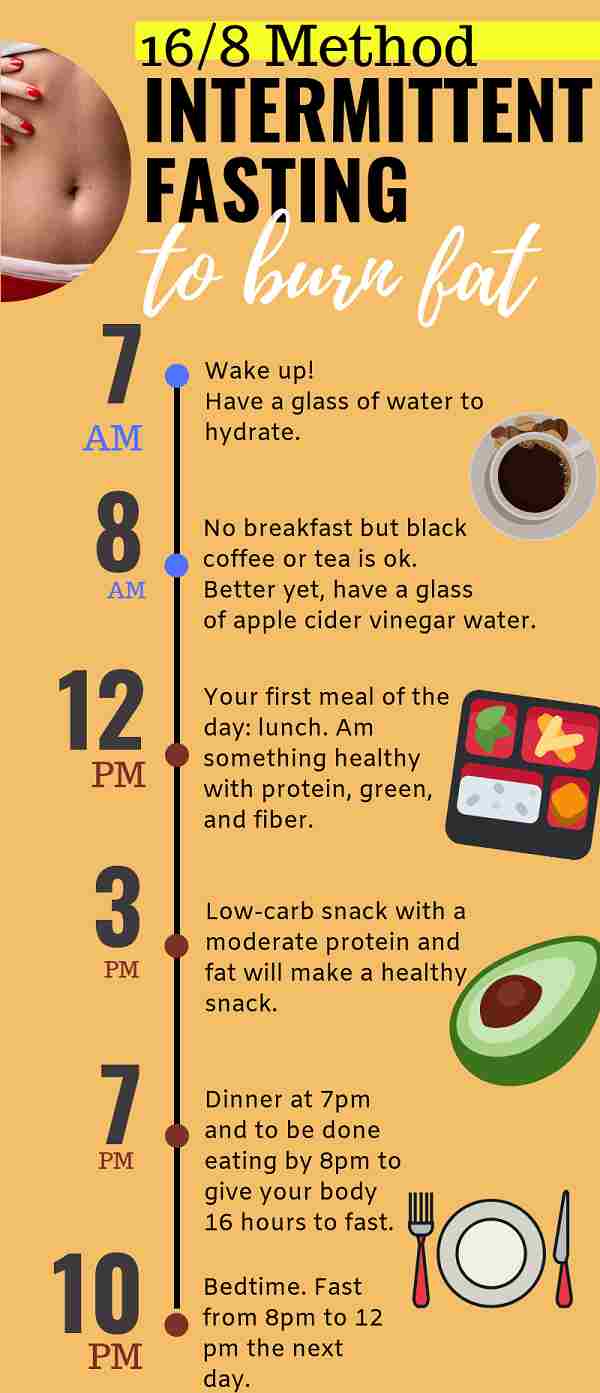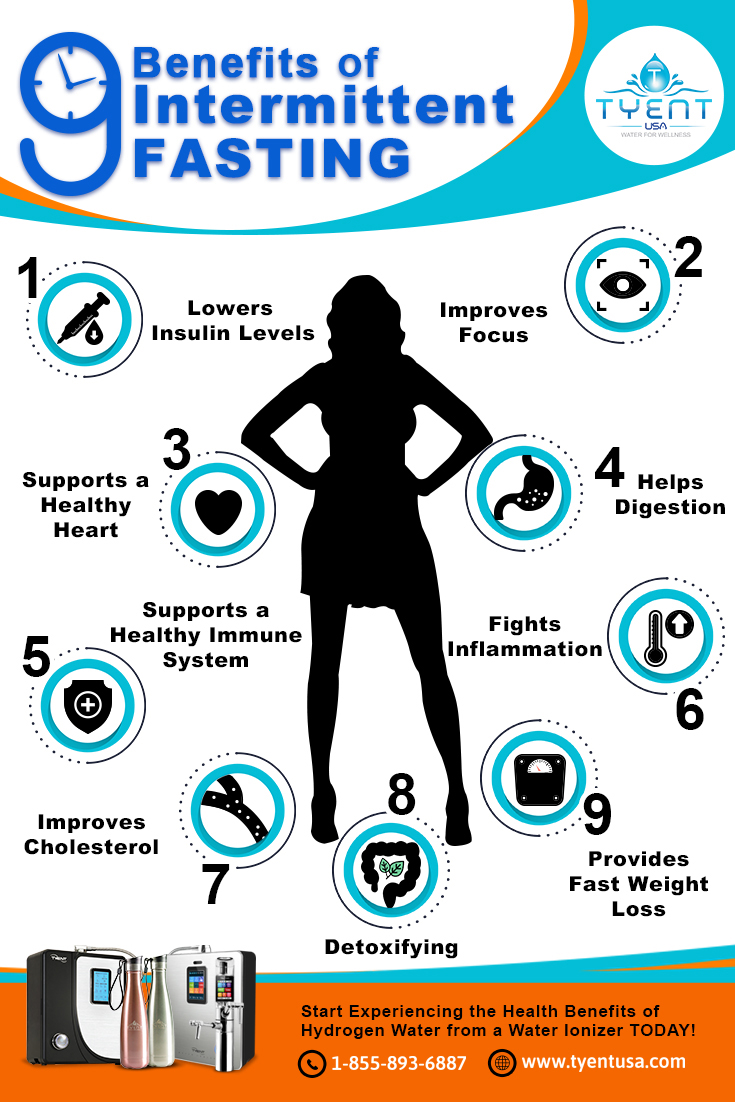Understanding the Concept: What is a 3-Day Fast?
Fasting for three consecutive days, or a 3-day fast, is an intentional practice of abstaining from solid food intake. This method has gained popularity due to its potential health benefits, such as promoting autophagy, boosting metabolism, and aiding in weight management. However, it’s crucial to approach a 3-day fast with the right knowledge and preparation to ensure safety and effectiveness.
Preparing Your Body: Prequel to a Successful 3-Day Fast
Embarking on a 3-day fast requires careful planning and preparation to ensure safety and success. Gradually reducing food intake before the fast helps your body adjust to the change, minimizing potential side effects. Maintaining hydration and essential nutrients is also vital throughout the preparation process.
Begin by tapering off solid foods several days before the fast, starting with smaller portions and focusing on nutrient-dense choices. Simultaneously, increase your water intake to support digestion and organ function. Include electrolyte-rich beverages, such as coconut water or bone broth, to help maintain electrolyte balance.
Demystifying the Process: What to Expect During a 3-Day Fast
Understanding the stages of a 3-day fast and managing expectations can significantly impact your fasting experience. During the fast, your body transitions through various phases, each with unique sensations and challenges.
In the first 12 hours, your body utilizes readily available glucose for energy. As glucose levels decrease, your body begins to burn stored glycogen, causing mild hunger and potential fatigue. After 24 hours, your body enters ketosis, transitioning from glucose to fat as its primary energy source. This transition may result in reduced hunger, increased mental clarity, and boosted energy levels.
By the second day, many fasters experience heightened mental clarity and focus, often referred to as ‘fasting brain.’ However, hunger may resurface, and energy levels may fluctuate. Staying hydrated and practicing self-care becomes increasingly important during this period.
On the third day, your body becomes more efficient at using fat for energy, and hunger typically subsides. Maintaining hydration and electrolyte balance is crucial to combat potential side effects such as headaches, dizziness, or fatigue.
Breaking the Fast: The Art of Reintroducing Food
Breaking a 3-day fast correctly is crucial to ensure a smooth transition and maintain the benefits gained during the fast. Gradually reintroducing food helps your digestive system adjust, preventing discomfort and potential digestive issues.
Begin by consuming liquids, such as water or herbal tea, for the first few hours after breaking the fast. Next, introduce easily digestible, nutrient-dense foods, like pureed soups or smoothies, for the next meal or two. This approach allows your digestive system to ease back into processing solid foods.
Over the following days, slowly reintroduce solid foods, focusing on nutrient-rich choices like fruits, vegetables, lean proteins, and whole grains. Avoid overeating, processed foods, and high-fat or high-sugar items, as these can strain your digestive system and negate some of the benefits of fasting.
Navigating Challenges: Overcoming Obstacles During a 3-Day Fast
Navigating challenges during a 3-day fast is an essential aspect of maintaining commitment and ensuring a positive experience. Common obstacles include hunger, fatigue, and social pressure, but practical solutions and encouragement can help fasters overcome these hurdles.
Hunger
Hunger is a natural response during a fast, but it often subsides after a few hours. Drinking water, herbal tea, or bone broth can help alleviate hunger and maintain hydration. Additionally, engaging in activities or hobbies can distract from hunger sensations, making the fasting period more manageable.
Fatigue
Fatigue is common during a 3-day fast, especially in the early stages. Prioritizing rest, managing energy levels, and engaging in light physical activity can help combat fatigue. Ensuring adequate sleep and staying hydrated can also contribute to increased energy levels throughout the fast.
Social Pressure
Social pressure can be a significant challenge during a 3-day fast, particularly when dining with others or attending social events. Planning ahead by discussing your fast with friends and family, bringing your own food or beverages, or excusing yourself from the meal can help navigate these situations.
Maintaining Balance: Incorporating Fasting into Your Lifestyle
Integrating 3-day fasts into your lifestyle requires a balanced approach, considering factors such as the potential frequency of fasting, the importance of listening to your body, and the value of self-reflection.
Frequency of Fasting
The frequency of 3-day fasts depends on individual preferences and goals. Some individuals may choose to fast once per month, while others may opt for more frequent fasts, such as once per week or every other week. It’s essential to listen to your body and adjust the fasting schedule accordingly, ensuring you don’t compromise overall health and well-being.
Listening to Your Body
Paying close attention to your body’s signals is crucial when incorporating 3-day fasts into your lifestyle. If you experience adverse side effects, such as excessive fatigue, frequent headaches, or difficulty concentrating, consider adjusting the fasting schedule or seeking advice from a healthcare professional.
Self-Reflection
Regular self-reflection can help you evaluate the effectiveness of your fasting routine and make necessary adjustments. Reflecting on factors such as energy levels, mental clarity, and overall well-being can provide valuable insights into how 3-day fasts impact your life and whether modifications are needed.
Seeking Support: Leveraging Resources and Communities
Embarking on a 3-day fast can be a challenging journey, but seeking support from friends, family, or online communities can significantly enhance the experience. Accessing various resources, such as books, articles, and apps, can also provide valuable guidance and encouragement throughout the fasting journey.
Friends and Family
Sharing your fasting goals with friends and family can foster a sense of accountability and provide emotional support. They may also offer practical assistance, such as preparing nutrient-dense meals when breaking the fast or engaging in distraction techniques during challenging moments.
Online Communities
Online fasting communities offer a platform for individuals to connect, share experiences, and learn from one another. Engaging in these communities can provide a sense of belonging, motivation, and inspiration, making the fasting journey more enjoyable and manageable.
Books and Articles
Numerous books and articles delve into the science, benefits, and techniques of fasting. These resources can provide a comprehensive understanding of the process, offering insights into best practices, potential challenges, and innovative concepts. Some popular books include “The Complete Guide to Fasting” by Jason Fung and Jimmy Moore and “The 24-Hour Diet” by Krista Varady and Bill Gottlieb.
Apps
Fasting apps can help track fasting duration, provide reminders, and offer educational content. Some popular options include “Zero” and “Fast Habit,” which allow users to customize fasting schedules, monitor progress, and access a community of fellow fasters.
Assessing Your Progress: Reflecting on Your 3-Day Fast Experience
After completing a 3-day fast, self-assessment and reflection are essential components of the journey. Evaluating the experience, identifying lessons learned, and setting future goals can help optimize the benefits of fasting and promote long-term success.
Evaluating the Experience
Begin by assessing the overall experience, considering factors such as energy levels, mental clarity, and physical sensations. Reflect on any challenges encountered and how they were addressed, as well as the strategies that contributed to a successful fast.
Identifying Lessons Learned
Identify valuable lessons gained from the fasting experience, such as increased self-awareness, discipline, or resilience. Recognize the impact of fasting on your relationship with food, your body, and your overall well-being.
Setting Future Goals
Based on the insights gained from the 3-day fast, establish future goals related to fasting and overall health. Determine the potential frequency of fasting, the types of food to prioritize, and any lifestyle modifications to support long-term well-being.
Incorporating regular 3-day fasts into your lifestyle, when done correctly and safely, can offer numerous benefits, including improved mental clarity, enhanced self-awareness, and better overall health. By understanding the concept, preparing your body, demystifying the process, and seeking support, you can successfully navigate the challenges of a 3-day fast and reap the rewards of this transformative practice.









